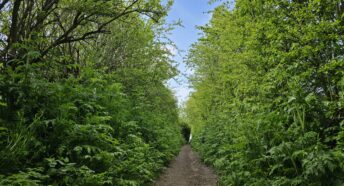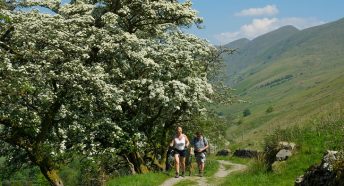Celebrating England’s hedgerows
Think that if you’ve seen one hedge, you’ve seen them all? Far from it! You’ll find a rich variety of regional hedgerow styles nationwide.
The ancient art of hedgelaying involves manipulating trees and shrubs such as hawthorn and blackthorn into living, stock-proof fences. All hedgelaying styles use the skill of ‘pleaching’: partially cutting through the stems of growing trees and laying – or bending – these over, to promote thick new growth from the base and branches.
The pleachers (cut stems) are held in place by upright wooden stakes as they grow, and the method of arranging these, and the final build and look of the hedge, varies around the country. The National Hedgelaying Society notes more than 30 regional styles, although its national championships focus on eight of the most popular: Devon, Dorset, Lancashire & Westmorland, Midland Bullock, North Somerset, South of England, Welsh Border and Yorkshire.
Each has its own character, influenced by local farming practices and the availability of materials. Without laying every 15 to 30 years, a hedge will eventually thin out, leaving only a gappy line of trees. Here, four experts talk us through their favourite regional styles.
Midlands
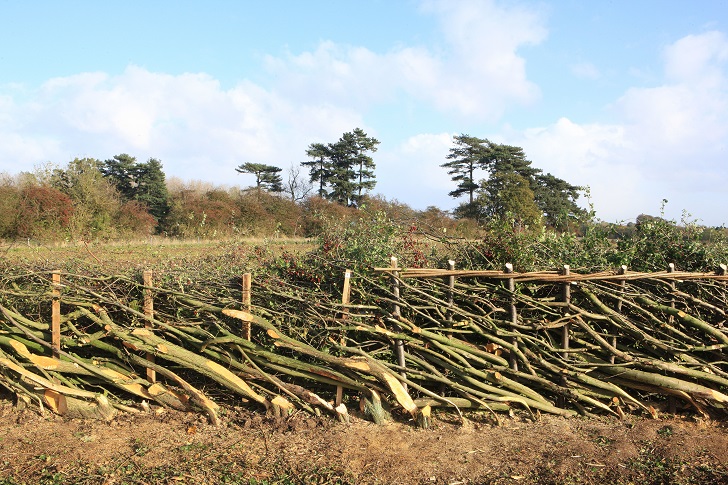
Nigel Adams
‘The Midland style reflects the traditional rotation of livestock and arable crop fields on the mixed farms of this region. It’s a ‘single brush’ hedge, with the pleachers laid off slightly to the rear of the hedge – keeping all the thorny brush on that side, while the cut stems are exposed on the other side. Hazel ‘binders’ are twisted along the top for extra strength.’
‘After laying, you’d keep your cattle on the brushy side, out of reach of your wheat or barley on the other side, as well as the new growth from the cut stems. Each hedge is a living work of art.’
Nigel Adams is a countryside and hedgerow management specialist.
Lancashire & Westmorland
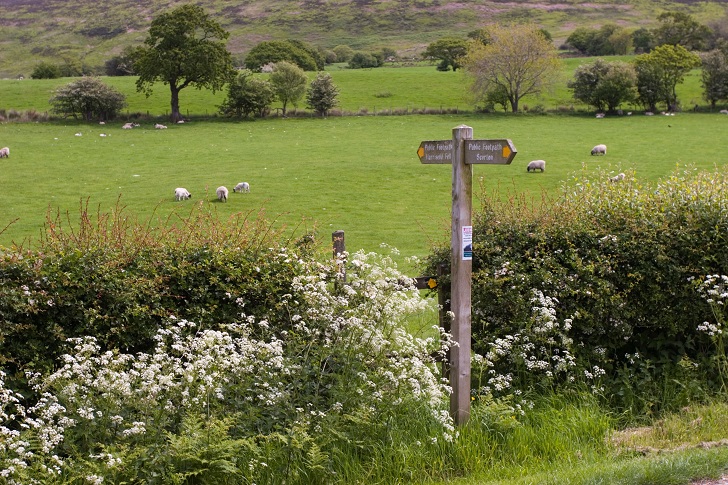
Andrew Kirkwood
‘The hedges here in Cumbria are staked down on either side, with pleachers woven around the stakes so you get thick brush on both sides.’
‘Some might say the Midland style is prettier, but it’s only stock-proof on one side. Ours is sturdier, suited to grazing livestock on both sides. It’s very satisfying to see a hedge you laid 12 months ago, looking green, healthy and flourishing.’
Hedgelayer Andrew Kirkwood was the overall winner in Friends of the Lake District’s 2019 hedgelaying competition.
North Somerset
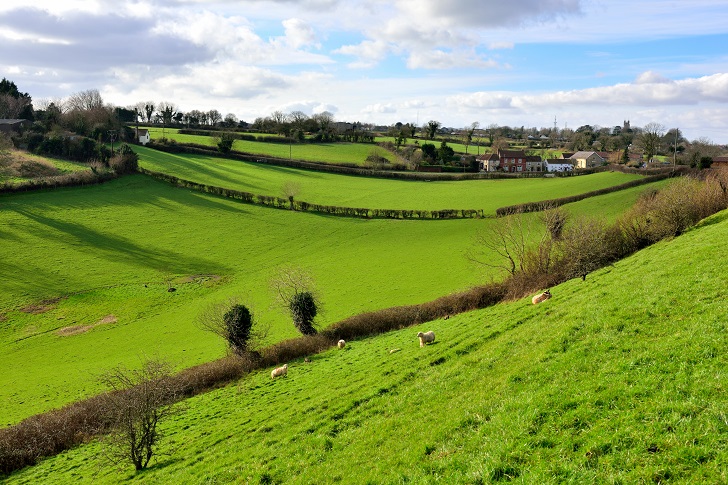
Tina Bath
‘The North Somerset style has rows of stakes placed alternately on each side of the hedge to hold the pleachers in place. The stakes are set at a slight angle, so they’re closer together at the top than the bottom, creating a hedge that’s thickest at the base.’
‘Our local association, the Wrington & Burrington Hedging Society, where I learned the craft, is one of the oldest in the country. Legend has it that this form of hedgelaying originated in a contest between three local vicars, each of whom claimed they had the best hedgelayer in their parish.’
Tina Bath is a hedgelayer and dry-stone waller.
Devon
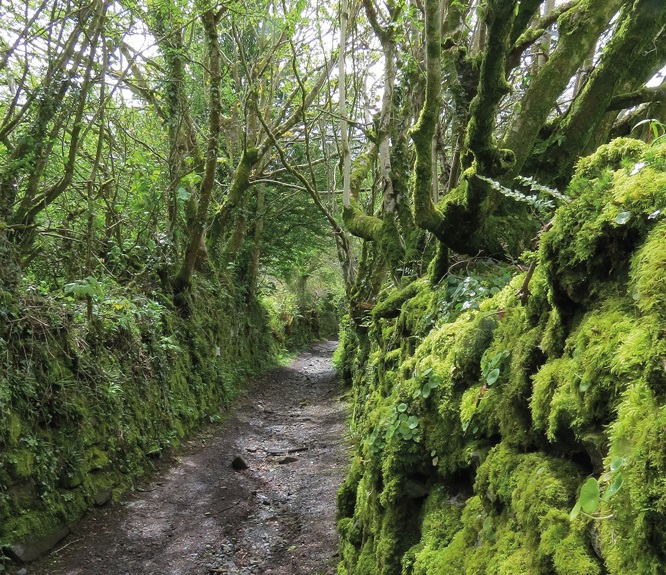
Rob Wolton
‘The traditional Devon hedge is an earth bank, faced with stone or turf, with hedgerow trees and shrubs growing on top, ideally with flower-rich margins and a ditch beside it. Every part of a good Devon hedge supports staggering biodiversity – we’ve found 2,070 species in a single hedge!’
‘Devon has more hedgerows than anywhere else in the UK, and a fifth of all the species-rich hedges in England. Many are very old, dating back to medieval times or earlier, as we can see from the abundance of ancient woodland plants. Their intricate patterns tell the story of centuries of farming tradition.’
Rob Wolton is a farmer and chair of the Devon Hedge Group.
Find out more about CPRE’s hedgerow campaign and sign our petition calling for a 40% increase in the UK’s hedgerow network by 2050.
This article was originally published in CPRE’s award-winning magazine, Countryside Voices. You’ll have Countryside Voices sent to your door three times a year, as well as access to other benefits including discounts on attraction visits and countryside kit from major high street stores when you join as a CPRE member. Join us now.
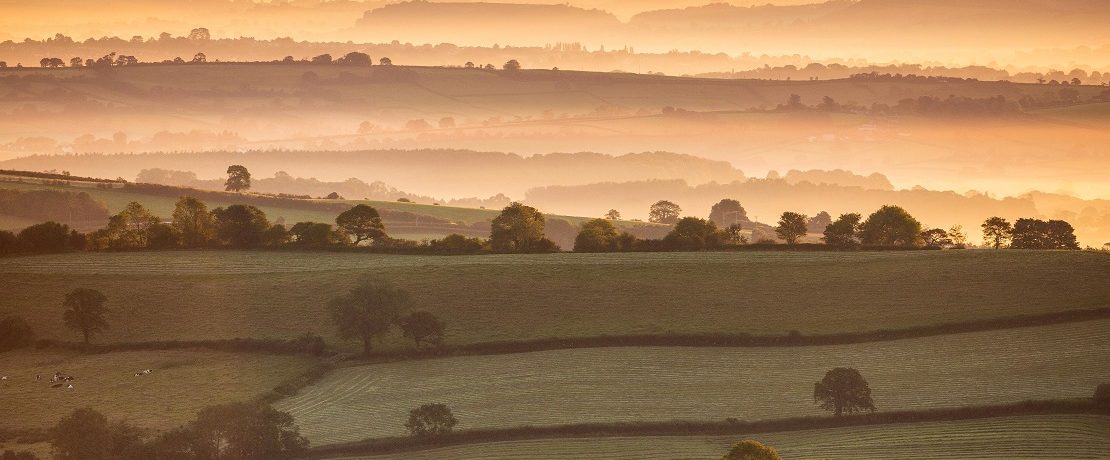




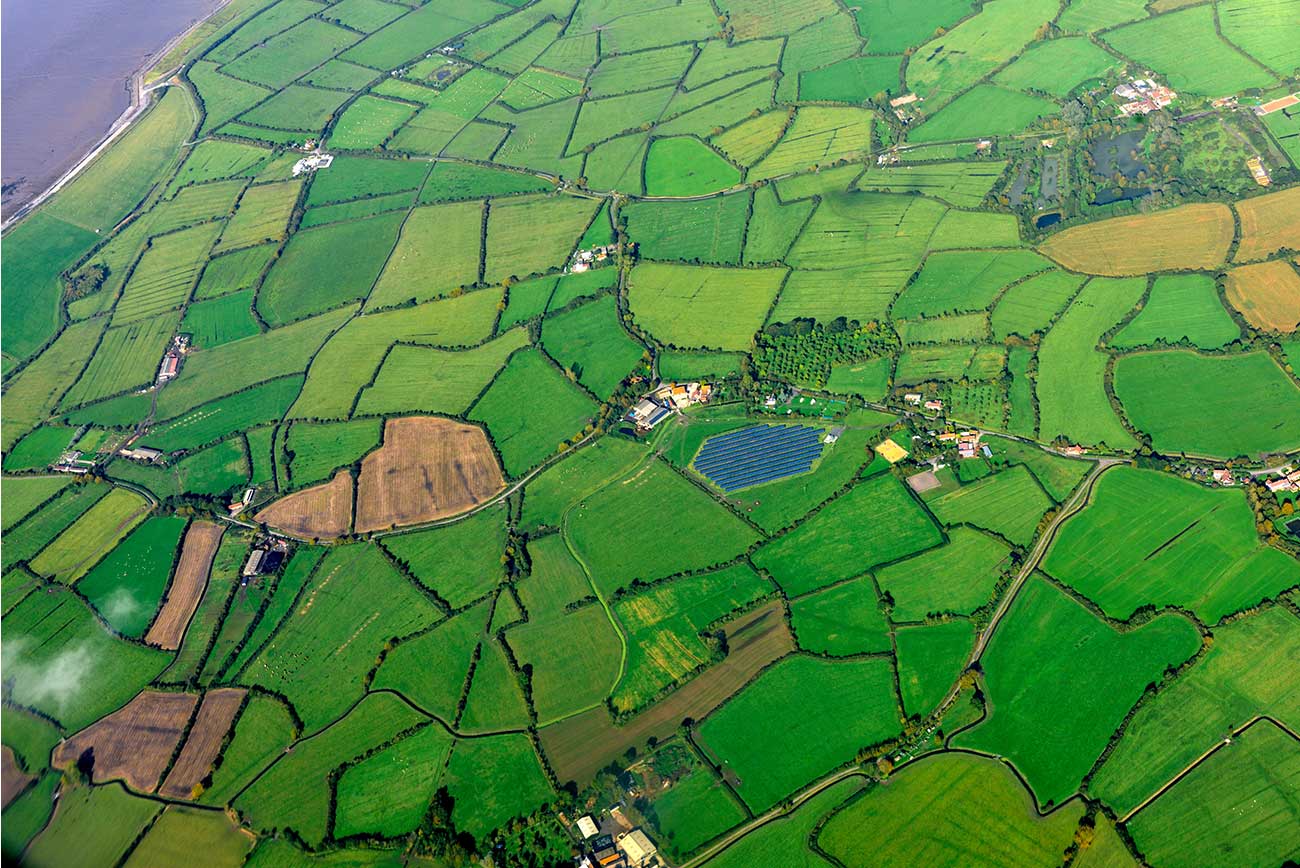
 10 min read
10 min read 